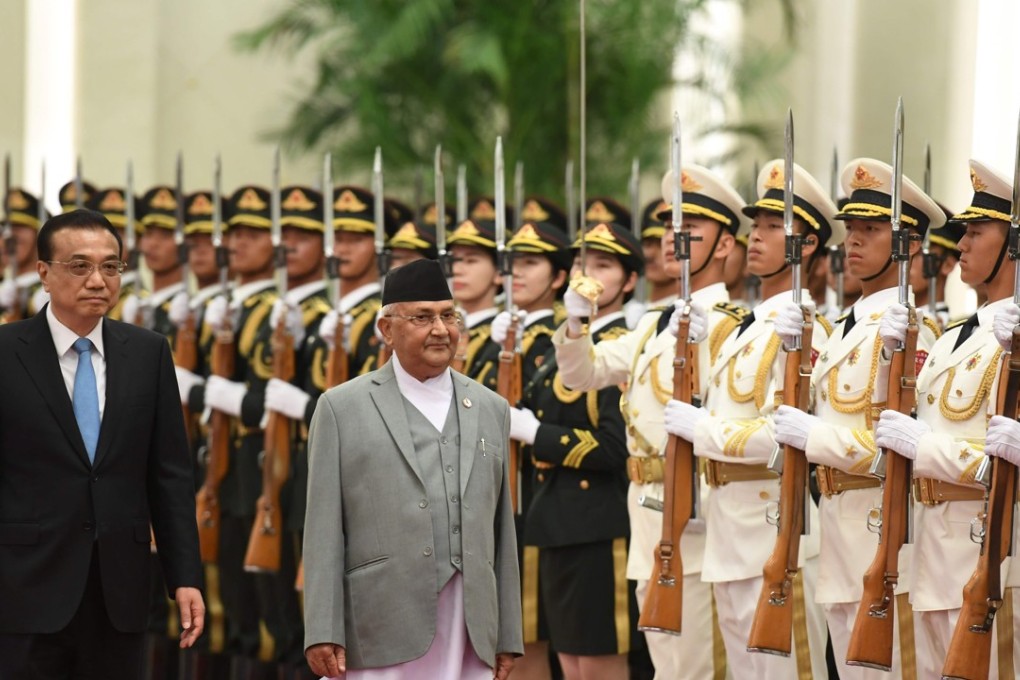Advertisement
How a China-Nepal railway could fast-track change in the Himalayan nation and redraw relations with India
Lekhanath Pandey says despite opposition, economic cooperation with China will benefit Nepal if it can develop into an exporter instead of just a transit point
Reading Time:4 minutes
Why you can trust SCMP

Nepalese Prime Minister KP Sharma Oli visited Beijing last month on a mission to secure Chinese cash and commitment for his key development priorities. He met President Xi Jinping and Premier Li Keqiang and was given generous assurances of support for Nepal’s development endeavours.
The two sides sealed eight cooperation deals worth US$2.4 billion, dominated by connectivity, infrastructure and energy projects. One of them was the “Trans-Himalayan Multidimensional Connectivity Network”, a major component of which is construction of a railway linking the Chinese entry point of Kerung and the Nepalese capital Kathmandu.
The idea of a cross-Himalayan rail link was mooted during Oli’s previous trip to Beijing in March 2016, when landlocked Nepal was reeling from India’s third border blockade in five decades. The railway could revive Nepal’s glory days of being a Himalayan transit point between China and South Asia, but greater emphasis has been placed on its strategic value than its economic reward.
Advertisement
A China-Kathmandu railway would diversify Nepal’s trade and transit dependency on India and boost Kathmandu’s confidence in its trade negotiations with New Delhi. For China, it would pave the way for easy accesses to the vast north Indian market of over 400 million people via land.
However, the cost, funding methods and technical viability of the railway through a difficult mountain pass are critical issues for Nepal, where a quarter of the population earns less than US$1.50 a day. An ongoing detailed project report would address such queries.
Advertisement
Advertisement
Select Voice
Choose your listening speed
Get through articles 2x faster
1.25x
250 WPM
Slow
Average
Fast
1.25x